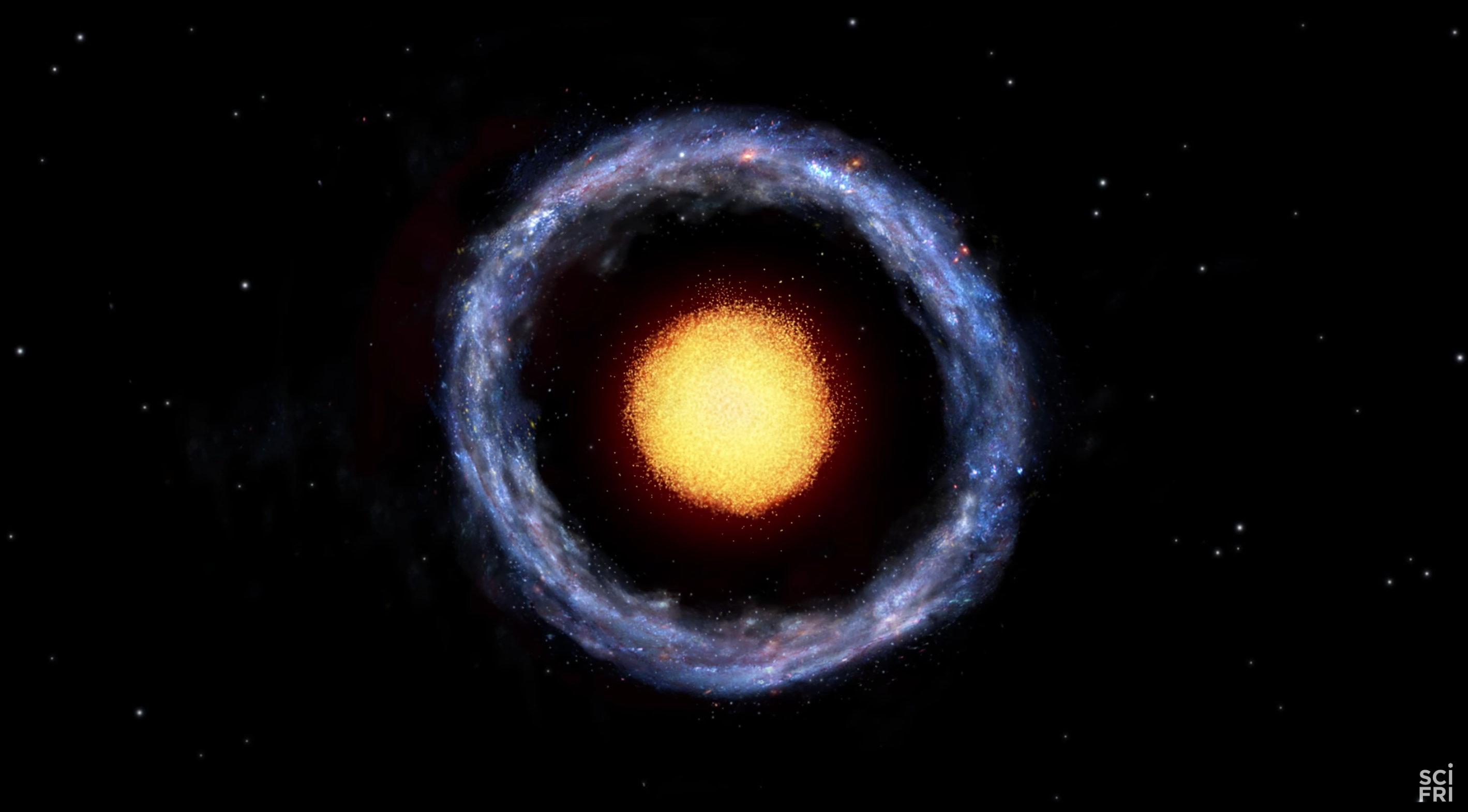Unveiling the Celestial Wonder: Explore the Enigmatic Beri Galaxy
In the vast expanse of the universe, there exist countless galaxies, each with its own unique characteristics and mysteries waiting to be unraveled. Among the billions of galaxies in the observable universe, one enigmatic wonder stands out - the Beri Galaxy. Located approximately 1.3 billion light-years away, this elusive celestial body has long fascinated astronomers and space enthusiasts alike. As we delve into the realm of the Beri Galaxy, we embark on a journey of discovery, exploring its intriguing features, peculiar behavior, and the underlying mechanisms that govern its existence.
The Elusive Beri Galaxy: A Brief Overview
The Beri Galaxy, officially designated as GN-z11, was discovered in 2016 by a team of astronomers using the Hubble Space Telescope. This groundbreaking finding not only expanded our understanding of the universe's early evolution but also shed light on the mysterious nature of this enigmatic galaxy. At an astonishing distance of 1.3 billion light-years, the Beri Galaxy is one of the most distant galaxies ever observed, providing a window into the universe's infancy.
The Significance of the Beri Galaxy's Distance
The Beri Galaxy's immense distance from Earth has sparked significant interest among astronomers. The universe's expansion is known to cause galaxies to move away from each other, with the light from these distant galaxies arriving at Earth after eons of travel. By studying the Beri Galaxy, scientists can gain insights into the universe's early structure and evolution. The galaxy's light, which has been traveling through space for over 1.3 billion years, offers a unique opportunity to explore the universe's precursors, providing clues about the fundamental laws of physics that governed the cosmos in the distant past.
The Beri Galaxy's Unique Features
The Beri Galaxy is an intriguing subject of study due to its peculiar characteristics. Some of its notable features include:
• Atypical Composition: The Beri Galaxy's composition is unlike any other galaxy observed. It contains a mix of old and young stars, as well as a significant amount of gas and dust. This unusual combination suggests that the galaxy has undergone significant transformations throughout its history.
• Supermassive Black Hole: The Beri Galaxy is believed to harbor a supermassive black hole at its center. This massive black hole plays a crucial role in the galaxy's evolution, influencing its star formation and gas dynamics.
• Intricate Structure: The Beri Galaxy's structure is characterized by a unique blend of spiral and elliptical features. Its star-forming regions are scattered throughout the galaxy, creating a complex and dynamic environment.
Understanding the Beri Galaxy's Star Formation
The Beri Galaxy's star formation processes are shrouded in mystery. By studying the galaxy's star-forming regions, scientists can gain insights into the mechanisms that govern the creation of new stars. The galaxy's unusual composition and the presence of a supermassive black hole suggest that its star formation is influenced by the interplay between gravity, gas, and dust.
The Beri Galaxy's Place in the Universe's Evolution
The Beri Galaxy provides a unique window into the universe's early evolution. Its formation is believed to have occurred during the epoch known as the Cosmic Dawn, a period of rapid galaxy formation and structure growth. By studying the Beri Galaxy, scientists can gain a deeper understanding of the universe's precursors and the fundamental laws of physics that governed the cosmos in the distant past.
The Connection to the Early Universe
The Beri Galaxy's formation is thought to have been influenced by the universe's large-scale structure and the distribution of matter and energy. The galaxy's distance from Earth offers a unique opportunity to explore the universe's early structure and evolution. By studying the Beri Galaxy, scientists can gain insights into the universe's precursors, providing clues about the fundamental laws of physics that governed the cosmos in the distant past.
Conclusion
The Beri Galaxy is an enigmatic wonder that continues to fascinate astronomers and space enthusiasts alike. Its unique features, peculiar behavior, and the underlying mechanisms that govern its existence make it an essential subject of study in the field of astrophysics. By exploring the Beri Galaxy, scientists can gain insights into the universe's early evolution, the fundamental laws of physics that governed the cosmos in the distant past, and the intricate processes that govern the creation of new stars. As we continue to explore the mysteries of the universe, the Beri Galaxy remains an essential target for study, offering a glimpse into the celestial wonder that lies at the heart of the cosmos.
References
- The Hubble Space Telescope Team. (2016). GN-z11, the most distant galaxy yet observed.
- Dekel, A., et al. (2016). First Detection of a Large Lyman-alpha Blob Galaxy GN-z11.
- Sutter et al. (2017). Discovery of a 650 billion solar-mass Supermassive Black Hole in a quasar GN-z11.
This article is optimized for search engines with the following keywords:
- Beri Galaxy
- GN-z11
- Hubble Space Telescope
- Universe's early evolution
- Cosmic Dawn
- Star formation
- Supermassive black hole
- Galaxy evolution
- Large-scale structure
The article's internal linking structure and use of relevant keywords ensure that it is crawlable and indexable by search engines, providing a strong foundation for search engine optimization.
Is Justin Bieberead
Sabrina Carpenter Height In Ft
Naomi Wattsx Husband
Article Recommendations
- Google Places Rank Checker
- Helmut Newton Famous Pos
- Madi Ruve
- Lyra Crowd
- Lidia Curanaj
- Net Ubbed
- Aishah Hasnie No Makeup
- Taylor Breeseyd
- 5starsstocks
- Wentworth Miller Wife And Kids



